“I'm doing the black pain tour right now,” Damon Davis told me the first time I met him. It was 2015, back when the St. Louis native was travelling the country to talk about his protest art. Davis’s powerful photo series “All Hands on Deck” — created in the wake of 18-year-old Michael Brown’s death at the hands of police — garnered worldwide attention for its larger-than-life depiction of the splayed hands of Ferguson activists.
Two years later, I’m talking to him again about “Whose Streets?” — the documentary he co-directed with Los Angeles filmmaker Sabaah Folayan. Watching his examination of the brutal and militarized police response to the Ferguson protests as told by the activists who were there, I can’t help but feel that Davis’s black pain tour never stopped.
Out this week, “Whose Streets?” release coincides with the third anniversary of Michael Brown’s shooting. For those familiar with the circumstances of the Ferguson uprising (if you need a refresher, officer Darren Wilson shot Brown in broad daylight, and Brown’s lifeless body was left in the street for hours before it was moved), “Whose Streets?” remains there only briefly. Instead, the film focuses on the military tanks that rolled into town to help temper the fiery protests that ensued, the tear gas and rubber bullets police lobbed at protesters in the street. “Whose Streets?” asks who public spaces belong to; the documentary is as much about the people affected by police violence as it is about the militarization of U.S. security forces.
“I would be lying if I didn't say that I'm a success story when it comes to people that worked and did things out in Ferguson,” Davis says, not without difficulty. But this success comes only through relived trauma, discussing and watching what happened on Florissant Avenue over and over in interviews and on panels. Although the tanks and the TV cameras that captured them have long since left the city, the trauma of the experience lingers three years later, in the streets and for many of the folks — including Davis and Folayan — who were there to bear witness and participate in it. “People want to ask you about it all the time,” Davis says. “And you don't have to be alone and deal with your own stuff. It's taken a toll on me.”
[quote position="left" is_quote="true"]You sacrifice your comfort, your security … you sacrifice everything to do this work.[/quote]
It’s a sentiment that’s echoed by some of the activists profiled in “Whose Streets?” “You sacrifice your comfort, your security … you sacrifice everything to do this work,” says 25-year old Brittany Ferrell in the film. The founder of Millennial Activists United, a grassroots collective, Ferrell dropped nursing school to commit to anti-racist organizing in the wake of Brown’s death. When she first heard about the protests, she rushed back home from New York City, picked up her daughter, and joined the protests. “Whose Streets?” also depicts her relationship and wedding to Alexis Templeton and their collective efforts to grapple with homophobia from inside and outside the movement. This past March, Ferrell was sentenced with probation for a protest action in which she blocked an interstate highway.
Then there’s David Whitt, the father of four whose response to the protests was to film them. He founded WeCopwatch, an initiative that organizes volunteers to observe and record police interactions. And then there’s Kayla Reed, a 35-year-old pharmacy technician who left her job to join the protests and has gone on to lead the Organization for Black Struggle.
“We definitely wanted to focus on a wide range of people, different backgrounds, class, gender, sexuality, so that we could show that black people are not monolithic and that this movement was not built on one specific Martin Luther King-esque iconic civil rights leader,” Davis says. “It's a leaderless movement. It's a bunch of people on the ground doing decentralized work to push black liberation.”
Although he never appears onscreen, Davis is one of these people. The artist and filmmaker has spent years advocating on behalf of death-row inmates. One of his first projects was a short film he made in college about a friend of his who has been on death row for almost 25 years.
Before the uprising, Davis struggled to find his footing as an artist. “It gets real hard to remember [the value of art] when you're trying to pay your bills and you can't find a place, and you're sleeping on other people's couches. How can you help anybody if you can't help yourself? During Ferguson, it was a reinvigoration.”
[quote position="left" is_quote="true"]White people haven't rearranged how they think about us.[/quote]
When the uprising first began, Davis was invited to a organizers’ meeting, and there he began making posters and fliers for the movement. At some point, friends of his and other activists began suggesting he get in touch with Folayan, who was collecting material for a film about the unrest. When they finally met, at an exhibit where Davis was showing images he made during the first two weeks of protest, they decided to become creative partners and work on the film together.
Davis believes that many people are receptive to his work because his art is something they can “digest easily” — rather than unwieldy arguments about systemic racism or antiseptic headlines about protests and violence. But, three years after the uprising, he has trouble seeing effective change. “The more and more I move around ... I didn't see many people willing to have empathy,” he says. “They just want to stay in their own comfort zone. ... Sabaah said this yesterday, so I'm going to just paraphrase her: White people haven't moved. It's not black people not moving. White people haven't rearranged how they think about us.”
So Davis hasn’t stopped working either. He’s currently at work on a new project, one that is “far from Ferguson.” This new visual artwork will create “a surrealist mythology of black people based on joy, based on power.” For now, however, now that “Whose Streets?” is out, he’s looking forward to a break. “I plan on taking a sabbatical and being away from everybody and just be with myself for a minute,” he says.














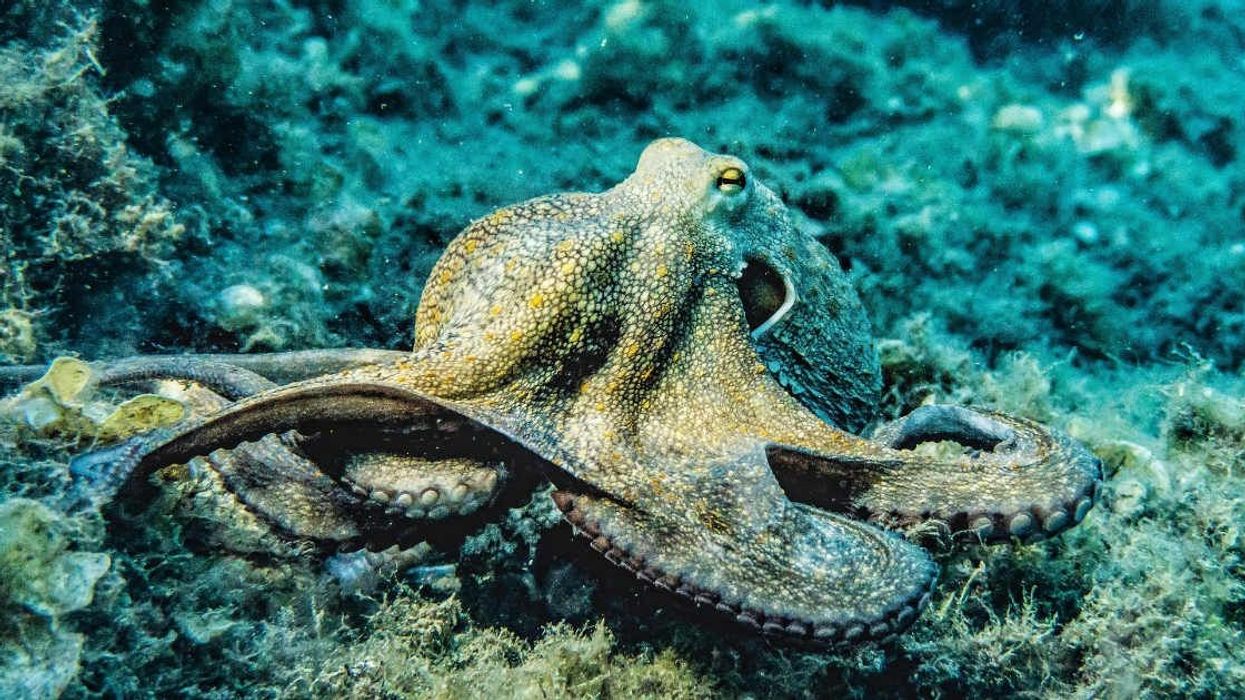
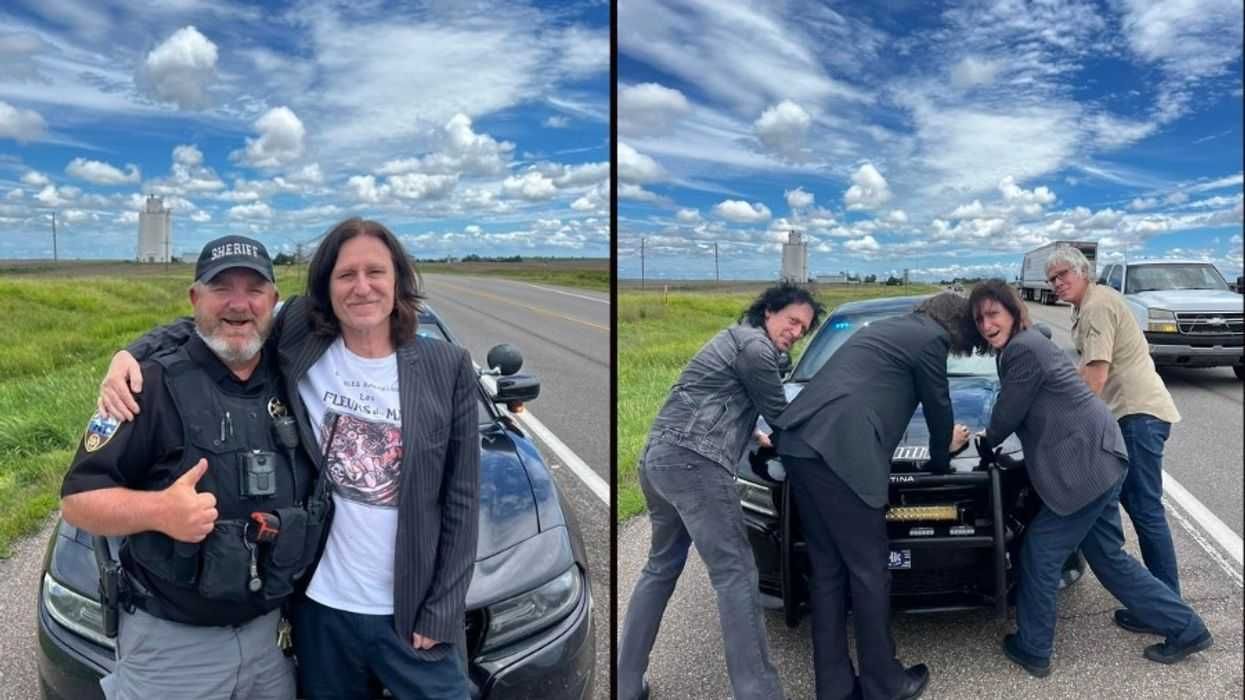
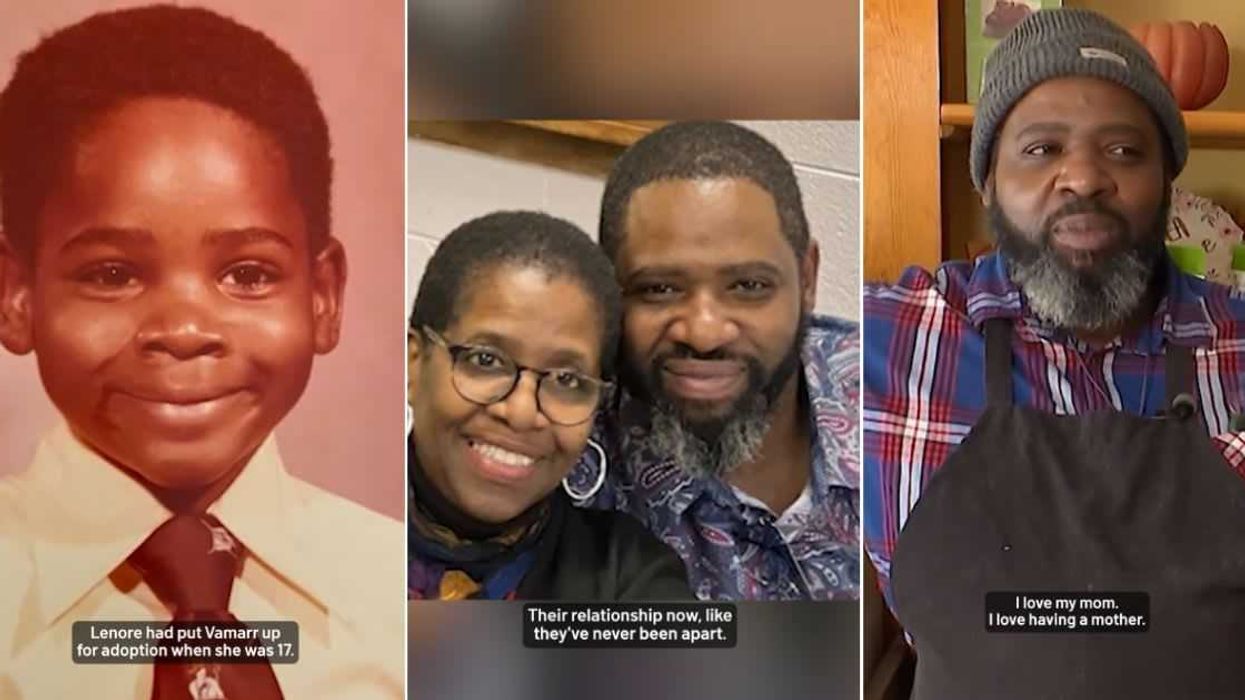
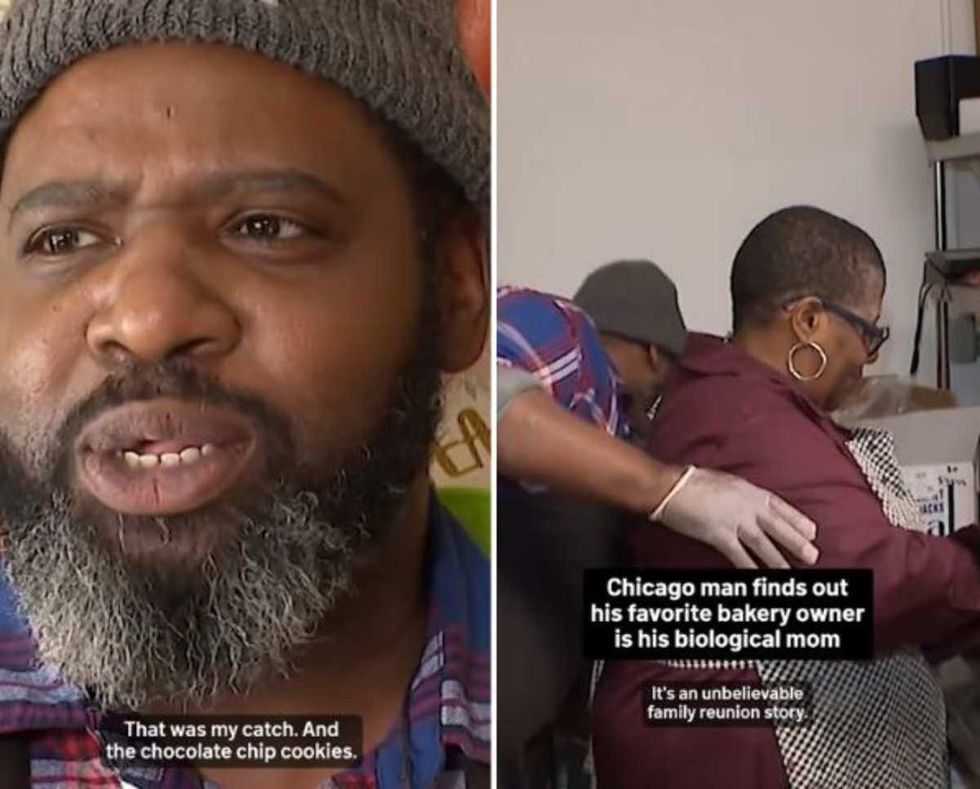 Screenshots of the man talking to the camera and with his momTikTok |
Screenshots of the man talking to the camera and with his momTikTok | 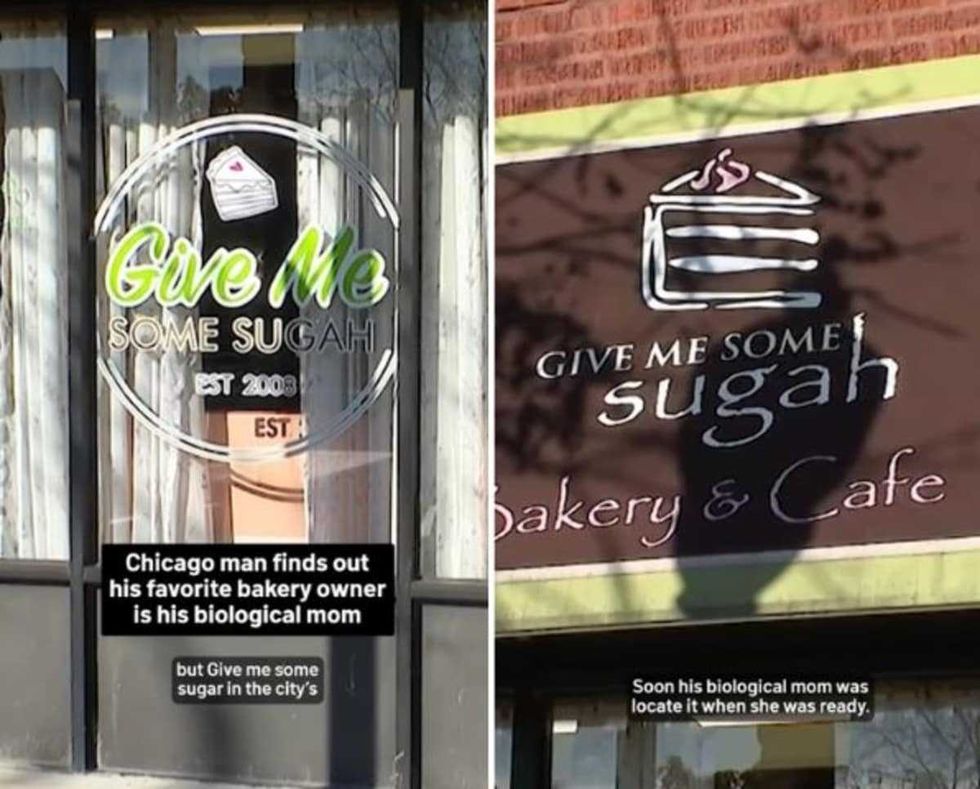 Screenshots of the bakery Image Source: TikTok |
Screenshots of the bakery Image Source: TikTok | 
 A woman hands out food to a homeless personCanva
A woman hands out food to a homeless personCanva A female artist in her studioCanva
A female artist in her studioCanva A woman smiling in front of her computerCanva
A woman smiling in front of her computerCanva  A woman holds a cup of coffee while looking outside her windowCanva
A woman holds a cup of coffee while looking outside her windowCanva  A woman flexes her bicepCanva
A woman flexes her bicepCanva  A woman cooking in her kitchenCanva
A woman cooking in her kitchenCanva 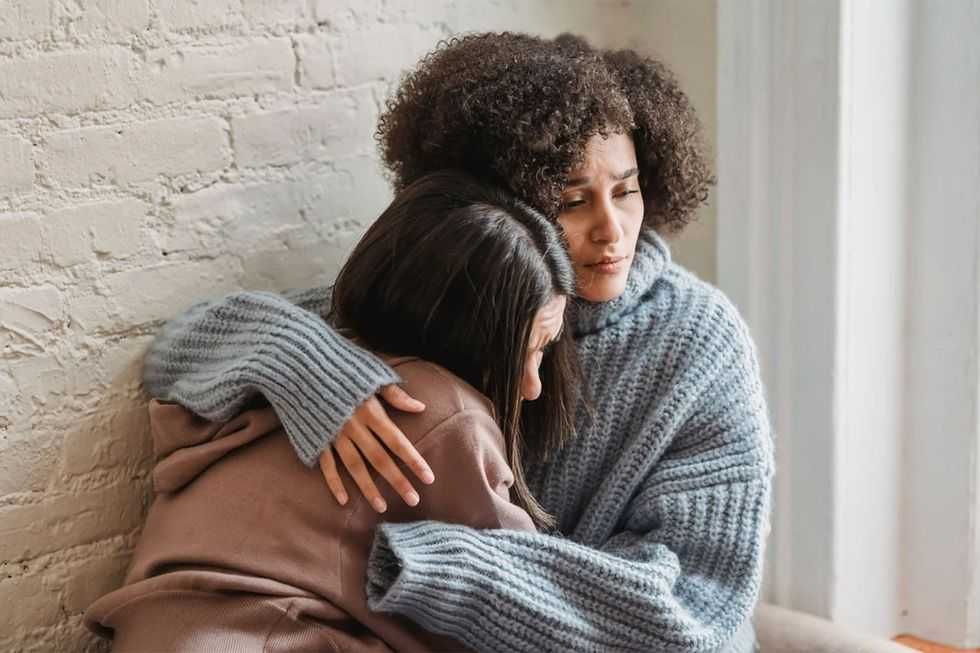 Two women console each otherCanva
Two women console each otherCanva  Two women talking to each otherCanva
Two women talking to each otherCanva  Two people having a lively conversationCanva
Two people having a lively conversationCanva  Two women embrace in a hugCanva
Two women embrace in a hugCanva 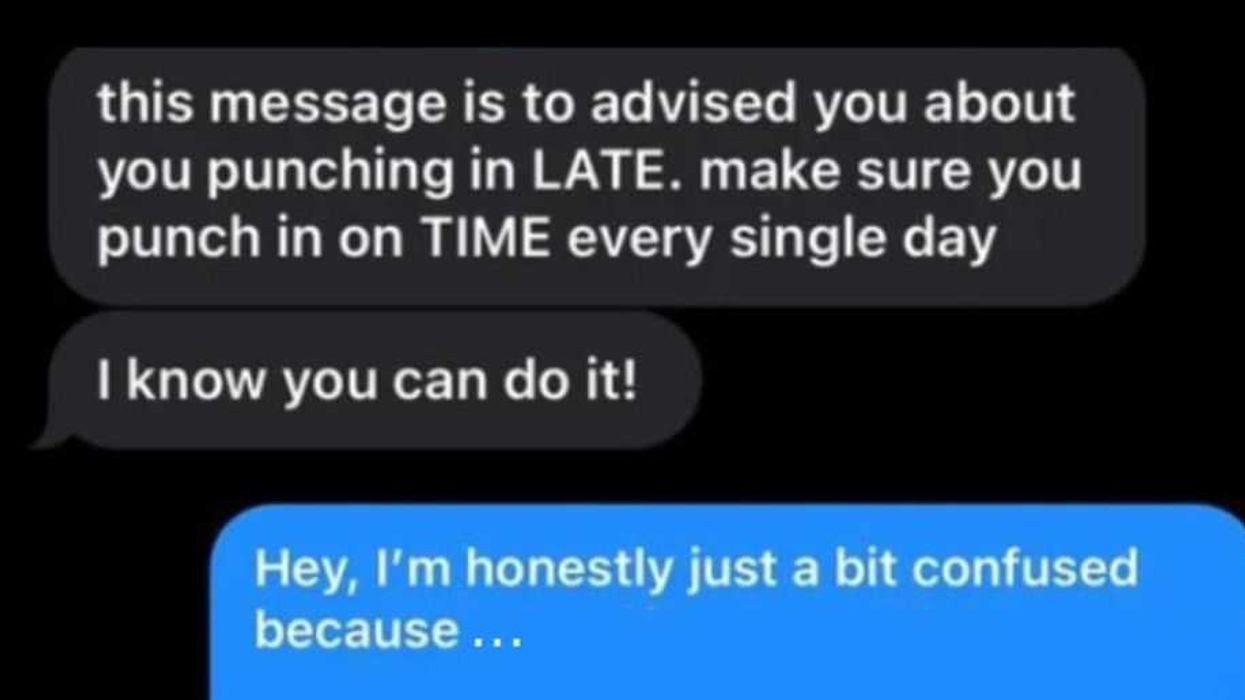
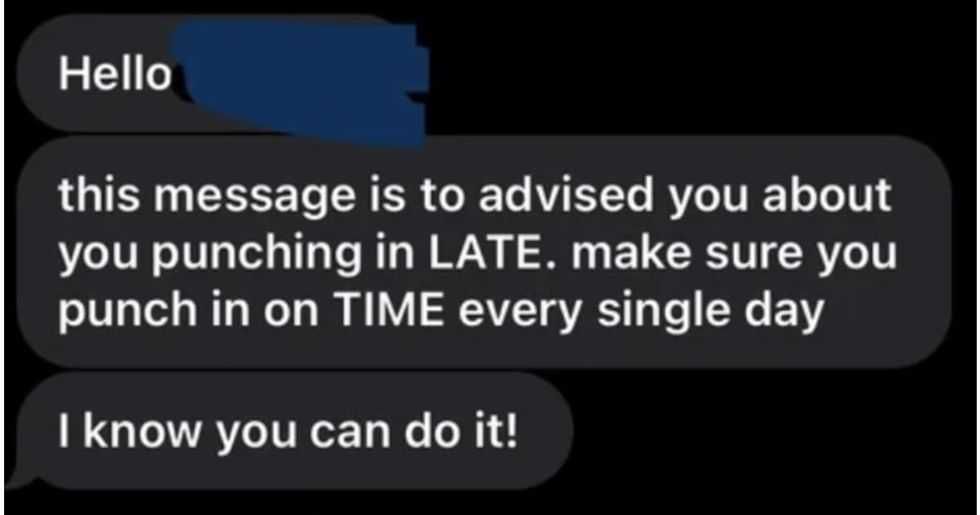 A reddit commentReddit |
A reddit commentReddit | 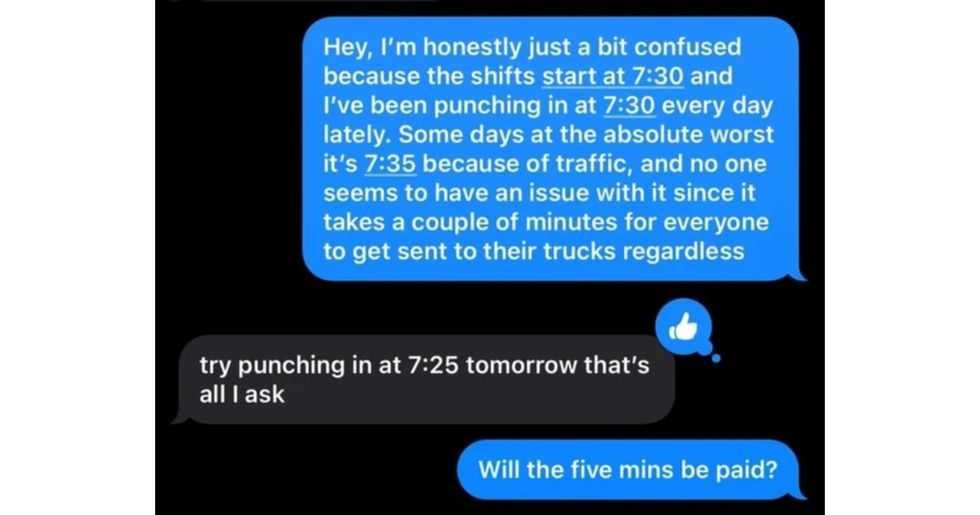 A Reddit commentReddit |
A Reddit commentReddit | 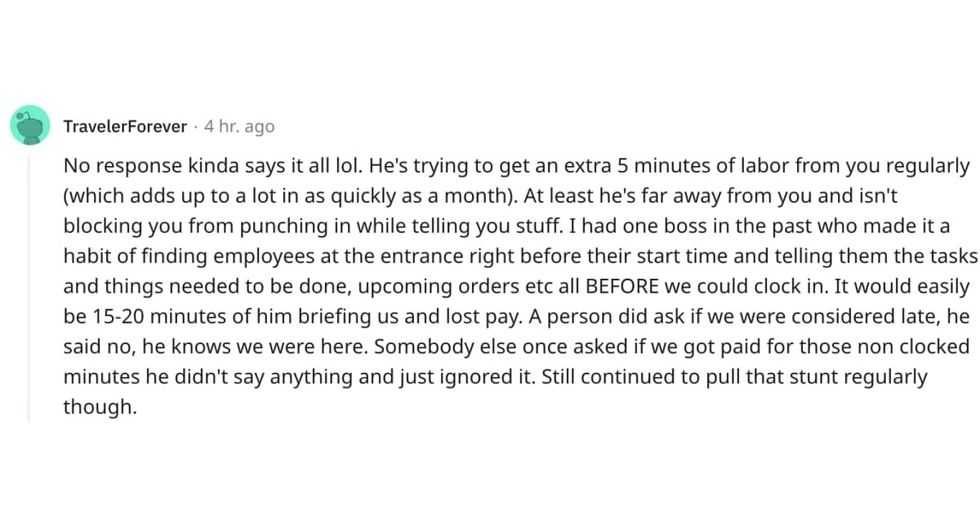 A Reddit commentReddit |
A Reddit commentReddit |  Stressed-out employee stares at their computerCanva
Stressed-out employee stares at their computerCanva
 Who knows what adventures the bottle had before being discovered.
Who knows what adventures the bottle had before being discovered. 
 Gif of young girl looking at someone suspiciously via
Gif of young girl looking at someone suspiciously via 

 A bartender makes a drinkCanva
A bartender makes a drinkCanva